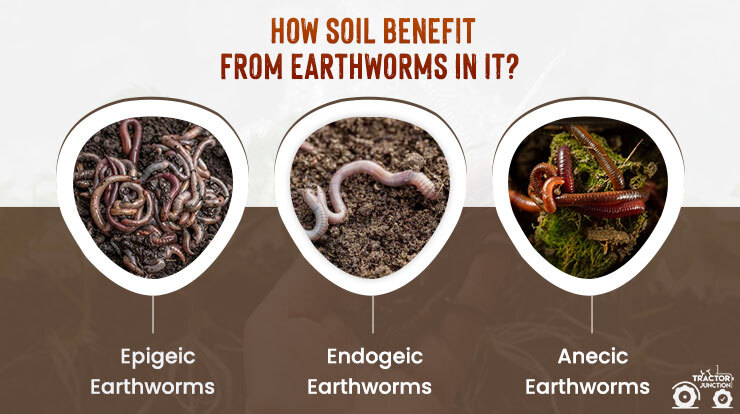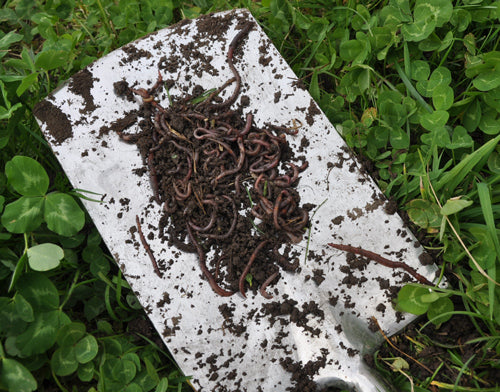6 Simple Techniques For North Carolina Worms
6 Simple Techniques For North Carolina Worms
Blog Article
North Carolina Worms Things To Know Before You Buy
Table of ContentsThe 45-Second Trick For North Carolina WormsThe Only Guide for North Carolina WormsRumored Buzz on North Carolina WormsThe Buzz on North Carolina Worms
Example: 1-gallon of worm castings to 4 gallons of potting mix. 1/2 cup in the bottom of the planting opening for smaller plants. 1 cup for bigger plants.
The enhancement of tea can also include enhanced microbial biomass to your dirt. You can constantly side-dress your plants with worm spreadings at any moment. Simply remember, the bacteria will certainly pass away if subjected to UV rays (Sun), so be sure to cover the castings with an inch or so of dirt.
This frustrated them for years up until the testing methods became better. It would certainly get far better(with more castings), level off, and after that decrease. Too many worm castings would certainly speed up the growth to a speed that the plant can not recover from.
The 10-Second Trick For North Carolina Worms
I have clarified the merits of worm spreadings for about 2000 words. Worm castings are no different. It takes time to create high quality worm spreadings.
You can buy them which results in second. Worm spreadings certainly cost greater than chemical fertilizers. However, worm castings get on the cheaper end of organic plant foods. You will certainly need to determine what is more crucial. It is easy to produce percentages of worm spreadings. (50 gallons per year) It is a much harder and extremely pricey investment to create big amounts of worm castings (Lake Hickory Bait).

Developing a healthy soil might be the best advantage of worm spreadings. We reviewed worm castings NPK and also the proper nutrient analysis that need to use to worm spreadings.
Our North Carolina Worms Ideas
We talked about some of the drawbacks connected with worm castings. I covered a lot of material in this article.
The vertical burrows are commonly open, although the worms cover the top with residue and waste matter. Origins require oxygen for their growth, whereas they produce carbon dioxide that needs to leave the dirt.
Earthworms boost porosity by two mechanisms: (1) by developing long-term burrows, and (2) by enhancing dirt gathering. Aggregation is boosted by the blending of soil and natural matter in the earthworms' guts. Where to buy worms in NC. These very steady aggregates are transferred by some earthworms in their burrows, and by others at the surface of the dirt


In one more research study, earthworms were approximated to eat 4 to 10 percent of the leading 6 inches of the dirt every year. This only goes to show the substantial amounts of dirt that can be processed by earthworms. Dirt compaction reduces the porosity of the soil. Because earthworms boost porosity, they minimize the effects of compaction.
North Carolina Worms for Dummies
Common earthworm populaces can conveniently eat 2 bunches of dry matter per acre per year, partly digesting and blending it with soil. The importance of earthworms to blend surface area residue with dirt becomes really clear in soils that do not have any earthworms. The majority of our Pennsylvania dirts contend the very least some earthworms, and the effect of their full lack, therefore, can not be kept in mind.
(https://freeweblink.org/details.php?id=277460)In these dirts, the development of topsoil with sensible natural issue web content did not take area, causing inadequate plant development. When the cause was established, the government of the Netherlands began a project to present earthworms. After the introduction of the earthworms, a dark topsoil layer was developed, and crop growth raised considerably.
They live mainly from partially decayed organic issue that is already incorporated in the dirt. These types consume big amounts of dirt that they mix with absorbed plant deposit in their guts.
Their burrows continue to be open, although they top the top with plant residue that they draw to the entry. These types ingest considerable quantities of soil that they combine with digested deposit in their guts. Their excrement is primarily transferred at the surface area of the dirt. The nightcrawler Lumbricus terrestris is one of the most popular participant of this group.
Report this page